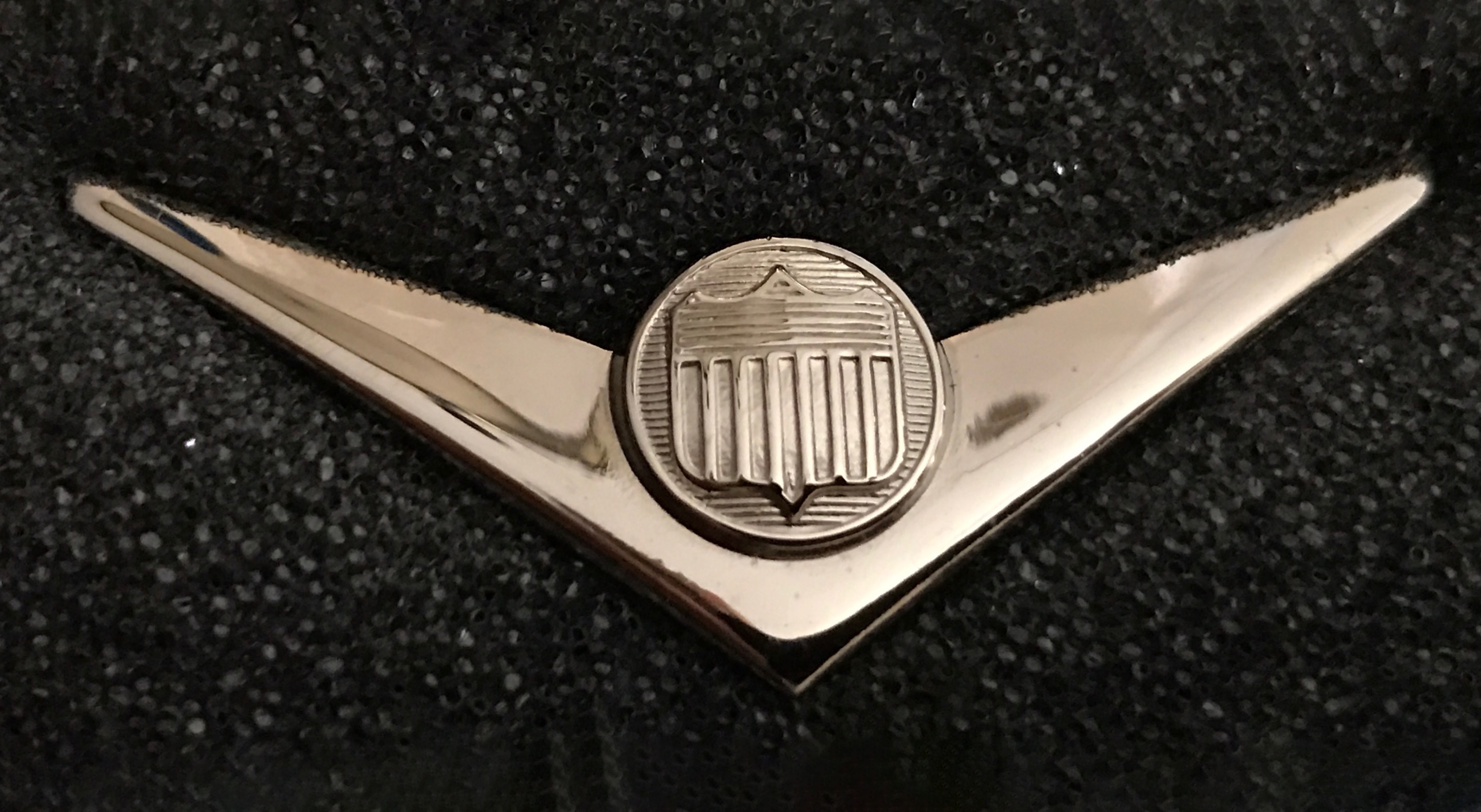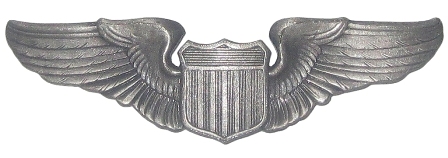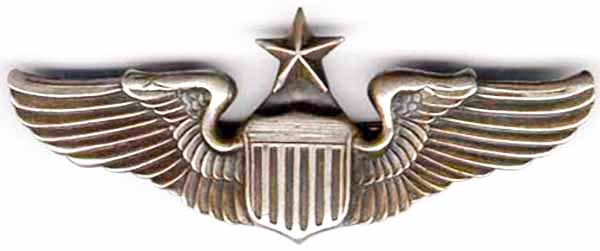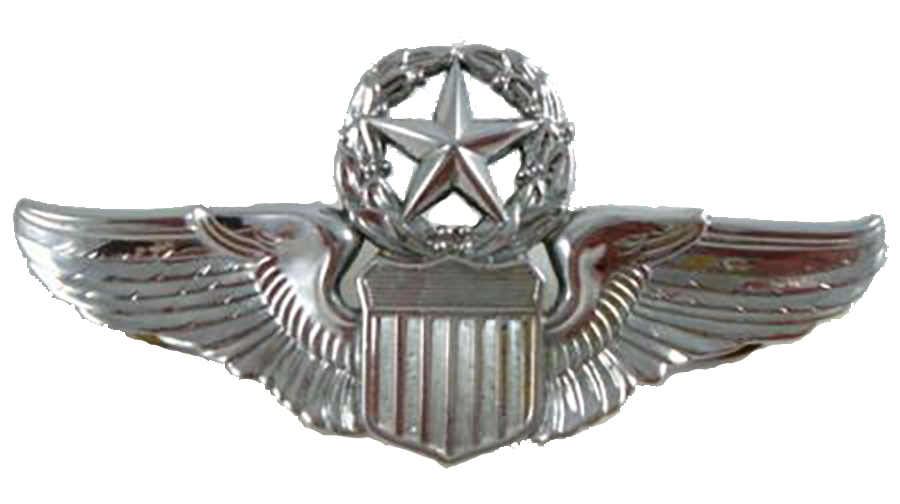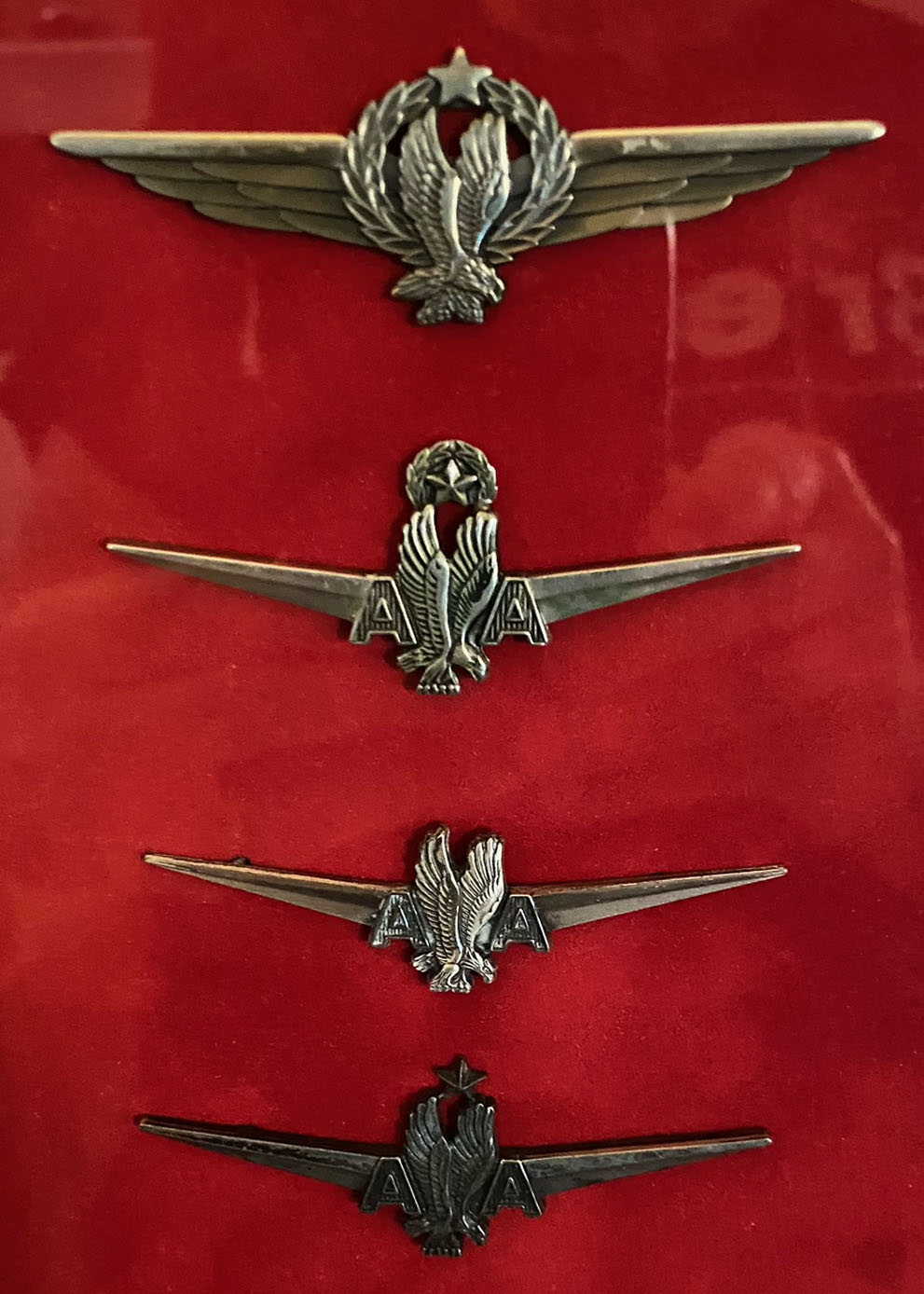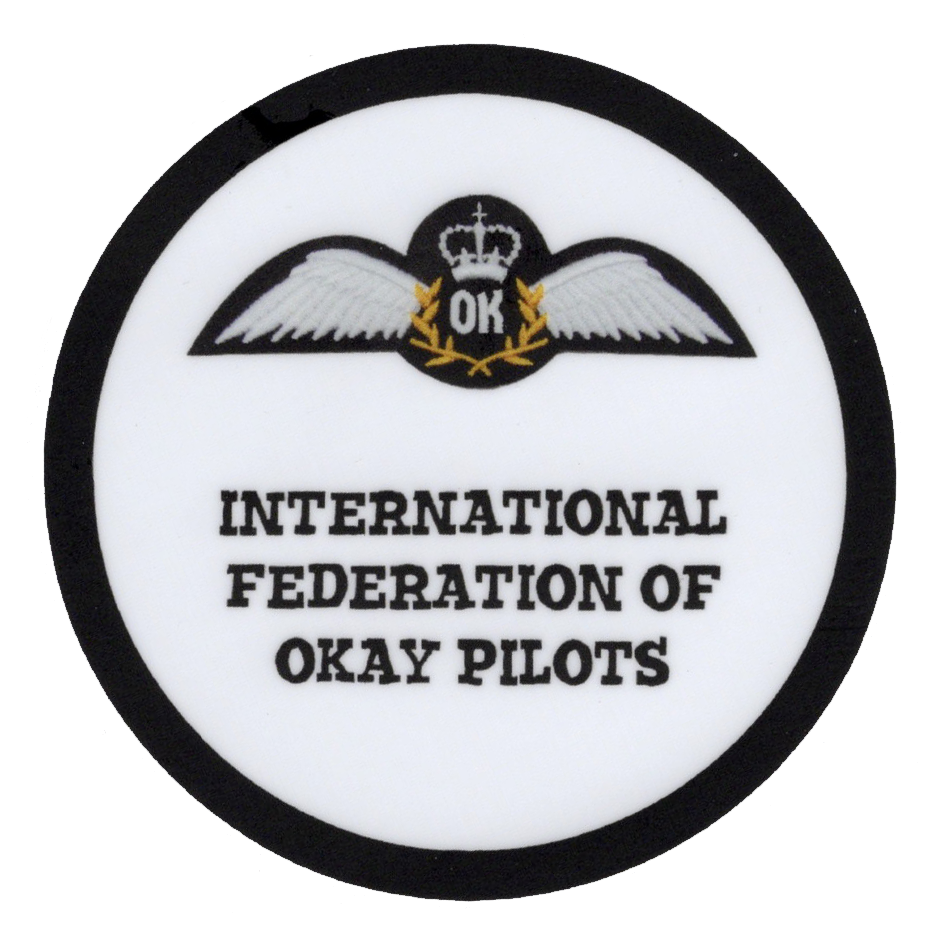A set of pilot wings may be nothing more than an emblem of service, a signpost to your passengers that you are the person they should address their complaints. But for most of us, those wings are a badge of accomplishment, the symbol of many hours of training and study with formal evaluations as testimony of the achievement. For those of us with decades as pilots, the wings also serve as a reminder of who we are. It could even be our raison d’etre, our reason for being. I hope not. I hope that for many of us, our wings are a combination of each of these.
— James Albright

Updated:
2024-01-01
Air Force wings
My first set of wings were handed to me at the age of 18, standing in line with a bunch of fellow Air Force Reserve Officer Training Corps cadets at Purdue University. This was in 1974, a year before the Vietnam War ended for the United States and the Air Force still needed lots and lots of pilots. My high school grades and SAT scores were good enough to get a scholarship, and I somehow managed to get 100 percent on the pilot qualification test, so they handed me the wings. "How do I get pilots wings having never flown an airplane?" I was happy to have them. But the question lingered.
The first hurdle to becoming an Air Force pilot is just getting the slot into pilot training. My slot was made easier because the Vietnam War was still being fought, but once that was over the next battle was holding onto the slot. In 1976 three-quarters of all AFROTC pilot candidates were cut from the program. The next hurdle was passing Undergraduate Pilot Training. If the Air Force needed pilots at the time, they tended to pass everyone. But my class wasn’t so fortunate, we started with 77 candidates and only graduated 44 pilots. No matter where you get your pilot rating, getting the rating tends to separate you from those who never become pilots.
In case you were wondering, the Air Force basic pilot wings have that grid up front to denote the radiator grill of early aircraft engines. Pilots are awarded the star on top after 7 years and 2,000 hours total time, designating them as senior pilots. By the time I got to the 7-year point, I had just barely made the 2,000 hours and started to wonder if I would ever get the 3,000 hours at the 15-year point needed to earn the wreath of stars of a command pilot.
Then I attended a speech given by a three-star general officer who was introduced as a command pilot with 1,200 hours, not even enough for senior pilot wings. As it turns out, with enough political connections, anything can be waived. I did get those hours and the command pilot designation. But it seemed a bit cheap. Everyone in my year group who survived the 15 years got their wreaths too. You didn’t have to be a good pilot, just a pilot who stayed around for fifteen years without crashing anything.
Corporate wings
Over the years I’ve worked for four management companies, three of which issued wings. For these companies, a star was rewarded for longevity with the company. Even with thirty years of experience flying jets, I wore the basic pilot wings. One of our pilots started flying with the company in a Cessna 310 and had just two years in jets. He wore the wings with a command pilot. Right or wrong? I don’t know. Silly? I think so. My last company was self managed and the question never came up. Nobody could be bothered.
Airline wings
A friend of mine at American Airlines tells me that a qualified first officer is awarded the basic wings, the captain gets a star, and a check airman gets the wreath. At first glance that seems to make sense.
I have a little bit of experience with United Airlines where the Air Force sent me for my Boeing 747 type rating and an Airline Transport Pilot license. I took my check rides with an FAA examiner but spent a lot of time in simulators with their check airmen. I also sat right seat in the simulator for many of their pilots, just to help out and to see how the airline world is. My conclusion: it takes a minimum level of skill to get hired and upgrade is simply a matter of waiting in line for your seniority number to come up. In many cases, a level of maturity comes with time and most airline captains are worthy of respect. But not all.
That was true in the Air Force too. Unless you are a flag officer, you can’t get the wreath until the 15-year point and by that time you could argue that the best pilots had already left. So some command pilots are the just the best of those who were left behind. That perspective changes my view of pilot wings.
IFOP wings
Last year I was handed a set of wings from the founder of Ops Group, Mark Zee. They are one of my favorites: the wings of the “International Federation of Okay Pilots.” This may seem odd to or disrespectful to those aspiring to earn their first set of wings. I don’t mean to disparage anyone’s dreams. My Air Force wings will always be special to me, but the ideal of being a self-acknowledged Okay pilot appeals to me on many levels.
- An Okay pilot doesn’t profess to be the best (at anything) or even to be better than anyone else. An Okay pilot aims to be a better pilot tomorrow than he or she is today.
- An Okay pilot doesn’t claim to know it all (about anything) or to be an expert. An Okay pilot recognizes there are gaps in knowledge and studies hard to fill those gaps.
- An Okay pilot doesn’t say he or she is right about everything (or anything) or is an authority on any topic. An Okay pilot is willing to admit being wrong today in an effort to be right tomorrow.
While I feel honored to have garnered my Okay pilot status from Mark Zee, let me acknowledge that this is not a fraternity with initiation rites and an exclusive membership list. All you have to do to become an Okay pilot is to recognize that you are. Welcome, we are happy to have you as one of us!

